A Review by Pete Vack
With the publication of Gandini in 2016, (read review), it seems like Gautam Sen came out of nowhere, blazing new paths in automotive biography. Of course it never really is like that, is it; Gautam Sen has been around for a long time, and not only founded Indian Auto magazine way back in 1986, but what would become India’s most popular magazine, Auto India in 1993. He is also the author of The Maharajas & Their Magnificent Motorcars, The Car Design Book, Rolls-Royce 17EX (A Fabulous Destiny), Bertone (read review) and 101 Automotive Jewels of India. His Wiki is worth reading!
Exploring the cars of the Sub-Continent
Having covered the automotive Hope diamonds of India in the Maharaja (meaning ‘great king”) book, Sen – and photographer Makarand Baokar – take a different path with 101 Automotive Jewels. In the search for the 70 odd magnificent Maharaja cars, he found many other cars that didn’t quite qualify for the first book and they became the subject of a second; 101 Automotive Jewels of India was born. These lesser automotive gems include everything from a 2008 Ariel Atom to a most impressive 1933 Minerva to a 1962 Alfa Giulia Sprint Coupe. The list reflects the wide variety of well-kept cars owned by today’s Indian enthusiasts – not just those owned by royalty. Sen has tried to select cars which have been in India since new but is not meant to be all-inclusive or definitive. Since the British ruled India until 1947, a majority of the cars selected are British as well, with a remarkable number of German cars. But the Italian and French cars are significant and interesting.
Indian automotive histories are not like others
The histories of the cars found in India are a bit different and perhaps more exotic than the typical U.S. classic car story. Many were first owned by Indian royalty or princely families and often have had a fascinating life.
Secondly, as there was very little racing in India, there are not many race cars in India. A few were street cars raced in the 1950s in Calcutta, but nothing like an actual race car. Says Sen, “There was an Alfa Monza amongst the Calcutta racing machines, but it is now in the US”. On that note, there are no Ferraris to be found in the book. Sen also notes that the one racing Ferrari – a 275 GTB/C – was taken out of the country in the 1990s, and is now in the UK.
101 Automotive Jewels of India is fresh, relevant, and a wonderful peek at the state of the classic car world in a place few of us will ever get to visit.
India’s economic growth has fueled the interest and restoration of classic cars, and today, most of the owners are businessmen, (although many of the princely families still own their jewels).
For a wider audience, Sen provides background information about how each selected car was developed by the manufacturers, but we’d rather have seen more about the unique histories of each car, along with more as-found photos.
Focusing on the enthusiasts
Sen and Baokar go one delightful step further. At the back of the book are brief biographies of some of the Indian families (some of which can trace their own history back to before 500 c.e.) who own and maintain their classics, individual businessmen and professionals who own one of the selections, as well as restoration shop owners and the hobby’s prime movers. There are also quite a few automobile museums mentioned; perhaps the subject of another book? To give you a further idea of what’s in this book, we have presented a sample chapter from the book which includes the history of a rare Lancia Dilambda as well as the brief bio of noted restoration expert Sanjoy Ghosh.
New stories, new names, new histories, so Gautam Sen’s book was a pleasure to read, enhanced by Boakar’s photos and the layout art of Anu Dutt. It is fresh, relevant, and a wonderful peek at the state of the classic car world in a place few of us will ever get to visit. We enjoyed it. You can see the entire list of cars featurue in the book here Contents
Here are a few from the book that will interest our readers.
A Daimler to shame the Dockers
The famous Docker Daimlers created a sensation in the U.K. after WWII, but wouldn’t hold a candle to the 1919 Windover bodied Daimler built for industrialist Seth Hukumchand Jain. It arrived as a rather plain car in 1919, but then Jain decided to have the body painted with gold leaf and just about every metal surface gold plated. Take that, Cadillac! Jain died in 1959 but the car remains with the family to this day.
Love those wheels
A young maharajkumar (the son of a Maharaja, kumar denotes just ‘son’) had a fascination with the old style wooden “artillery” wheels, even after Rudge and Whitworth developed the beautiful wire wheel and knock off hubs. When his special bodied Fiat 501S Corsa (set up for road use) arrived in India, he was aghast at the newfangled wires and had it returned to Italy for a proper set of wood spoked wheels. It was found in the 1980s with a tree for decoration and restored. A lovely car, even with artillery wheels.
Daunting Delage
Spotted and bought at the 1931 Olympia Auto Show by Maharaja Yashwantrao Holkar, the Figoni bodied Delage D8 was shipped to India after being re painted in an ochre and black color combination. Left on ice in an ice factory, it deteriorated and a restoration was undertaken by a well-known restore, Manvendra Singh. But it was a daunting project and eventually completed by Dr. Ravi Prakash, one of the rare doctors in India who have large collections.
Who needs the Embiricos Bentley?
Not Italian or French or even gold, the 1935 Rolls-Royce Phantom II Continental Streamline Coupe is absolutely beautiful. Originally owned by Maharaja of Jodhpur, it went through several hands before ending up with HH Jetha in 1962. Today, his son Amir Ali Jetha drives and maintains the car.
Fit for a Raj. Except it wasn’t ordered by a Maharaja…
Considered one of the most beautiful cars in India, this Figoni et Falaschi 135 MS was ordered by Frenchman Paul Jourde, who like Roberto Rossellini, fell in love with India. (He was also a friend of Joseph Figoni and allowed Figoni to stay at his French estate during the German Occupation.) In a complex series of exchanges, the smashing Delahaye ended up with Maharaj Dalip Singh in 1965, who had it restored and still owns the car today.
Exner’s Swansong
It is a great contrast, the Delahaye vs a 1961 Imperial Le Baron. Each was representative of the height of their automotive cultures, and though our hearts might beat only for Figoni et Falaschi, the Imperial is just that, impressively Imperial and extreme with every gewgaw known to man. But it astonishes nonetheless. The car was ordered by the Chowgule Steamships Limited and used by the Chowgule family for almost forty years. Again, the car was maintained by family members until sold in 2012.
An Indy in India
As we have said, there is very little racing in India, but apparently this Maserati Indy was raced by its owner, the maharajkumar of Gondal, Ghanadityasinhji Jadeja. It is one of the rare 4.7 liter models and was restored in 2005 after being acquired by United Spirits, an alcoholic beverage firm.
Standard edition $125 from Dalton Watson
ISBN 978-81-7026-392-0
Page count: 272
Image count: 372
Page size: 29 cm x 23 cm (portrait)
Hardcover with dust jacket
Collector’s Edition with silver fore edge and enhanced dust jacket
ISBN 978-81-7026-350-0
Only 180 copies produced
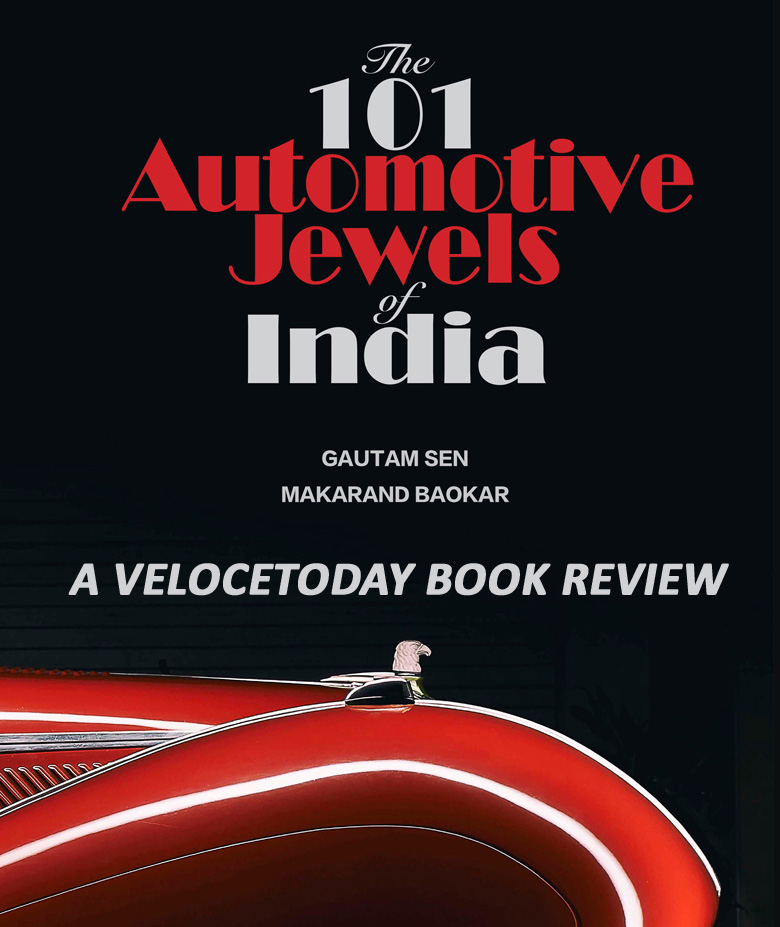
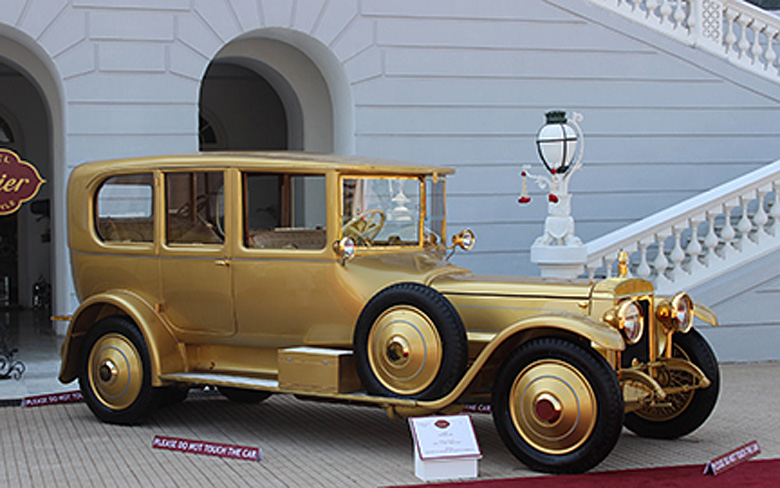
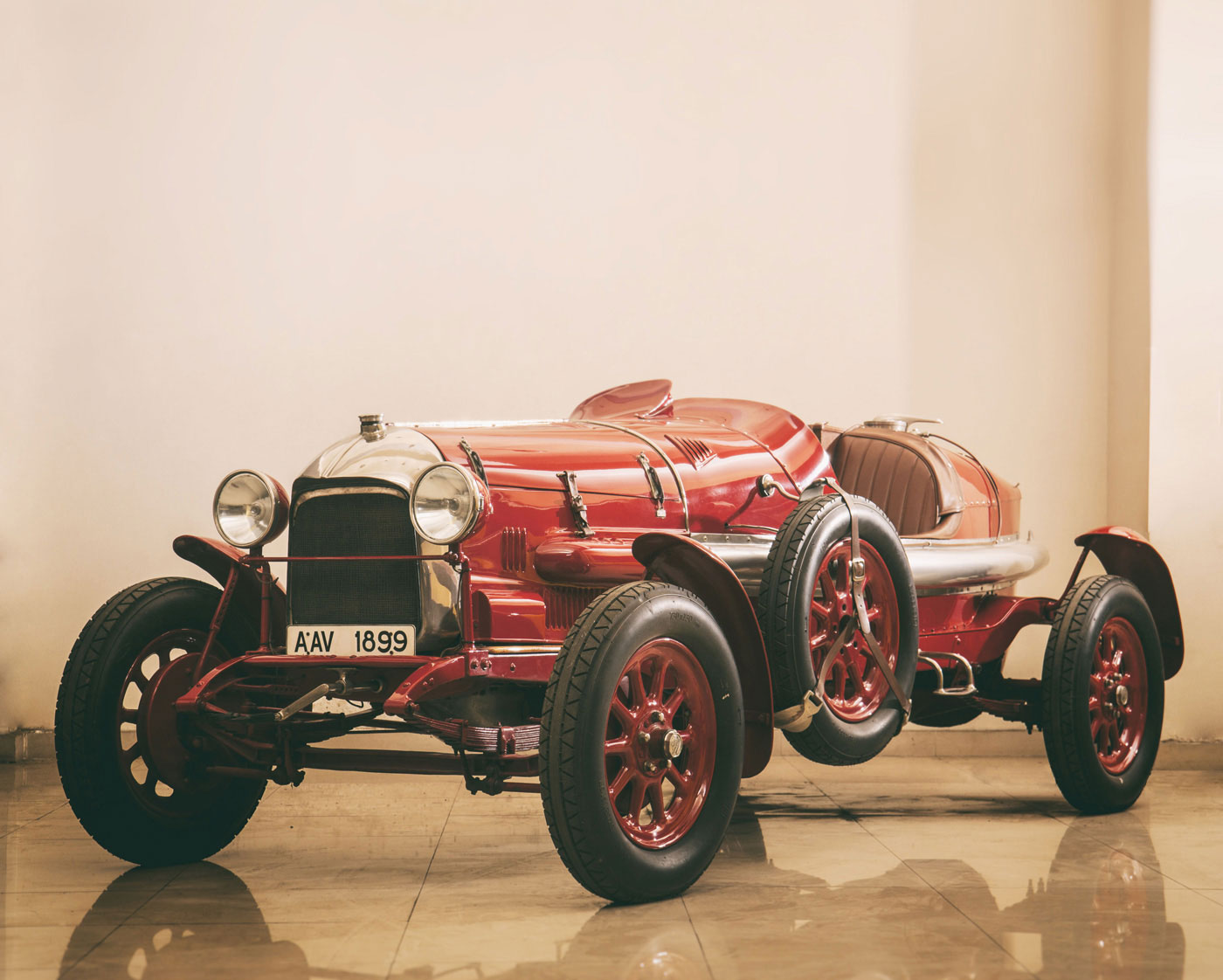
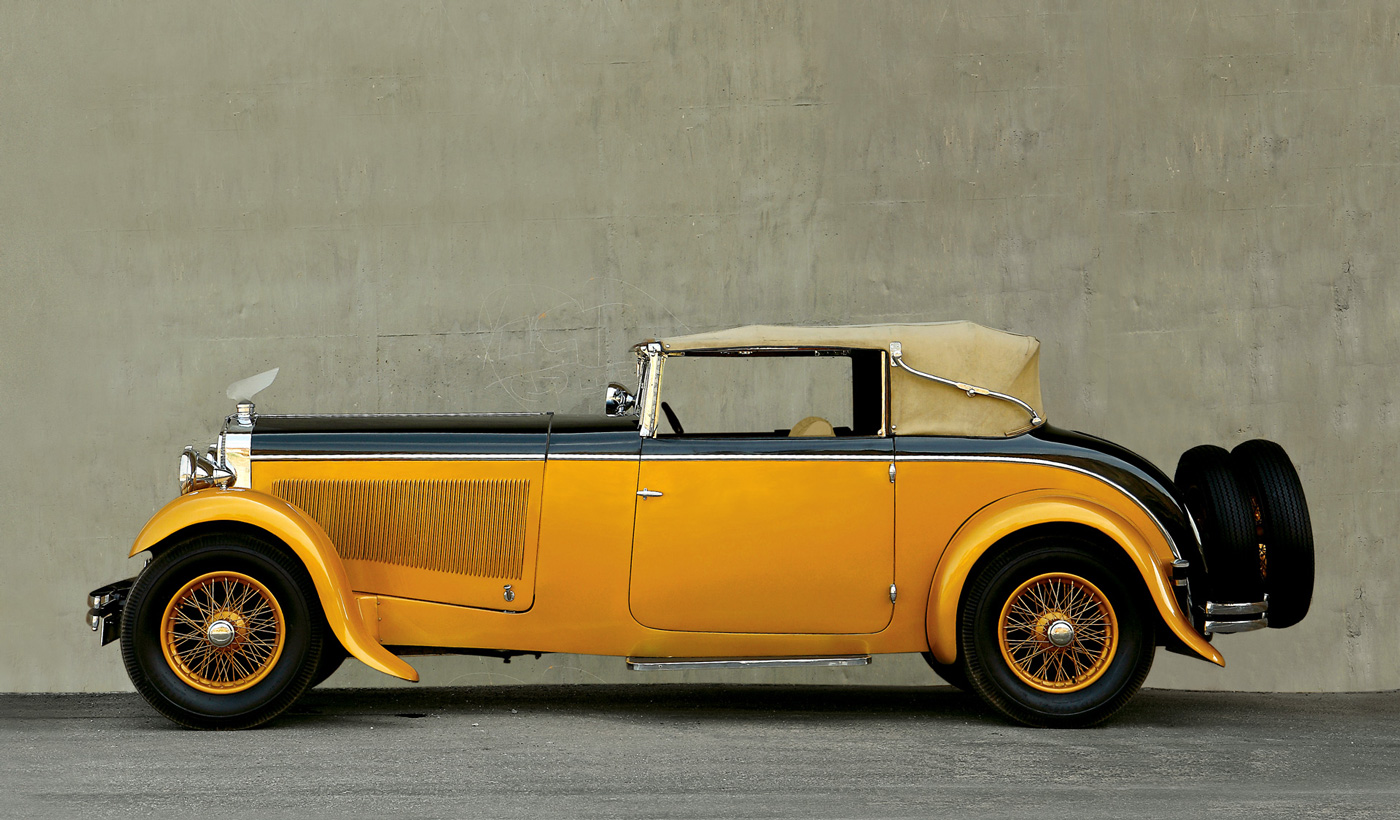

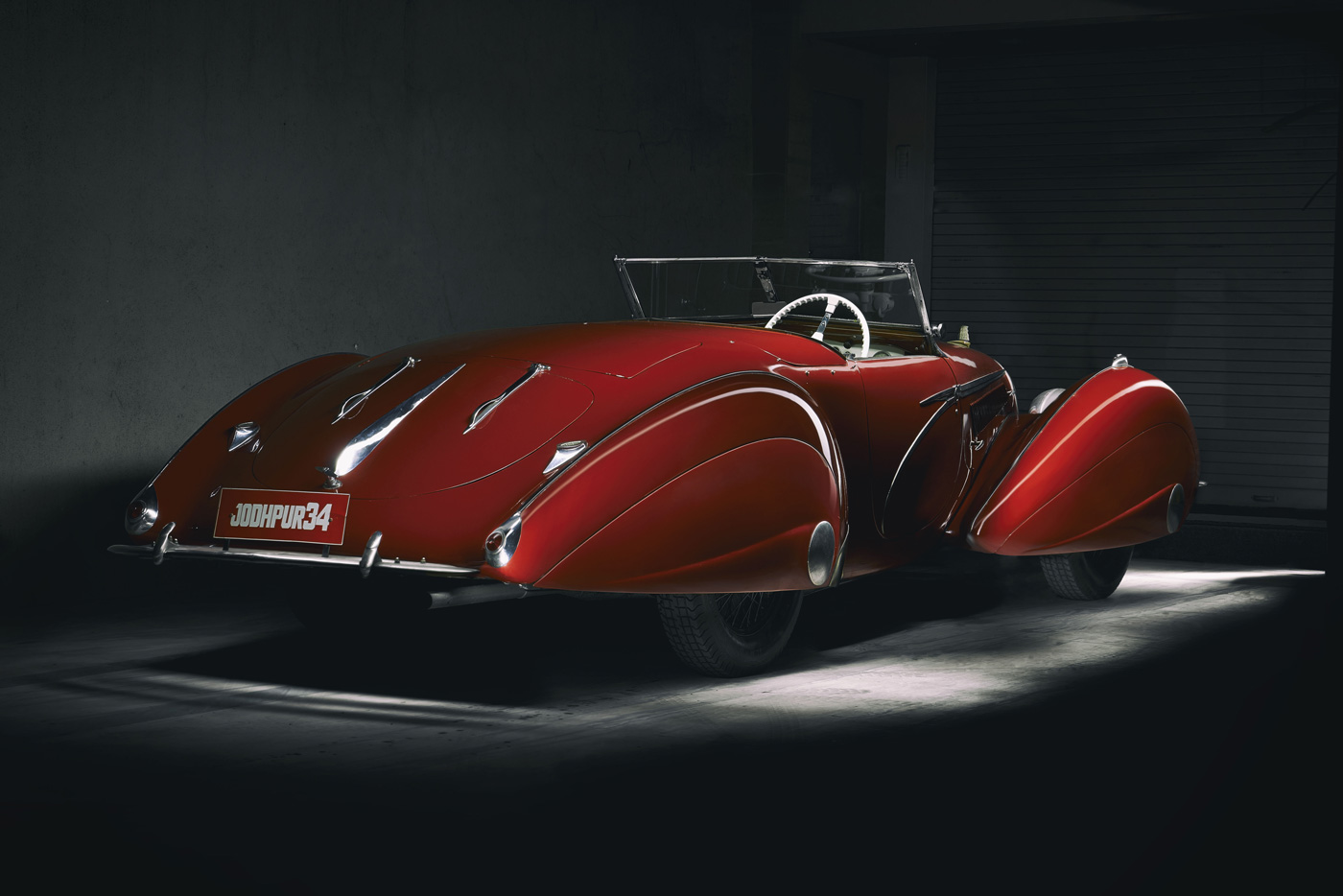

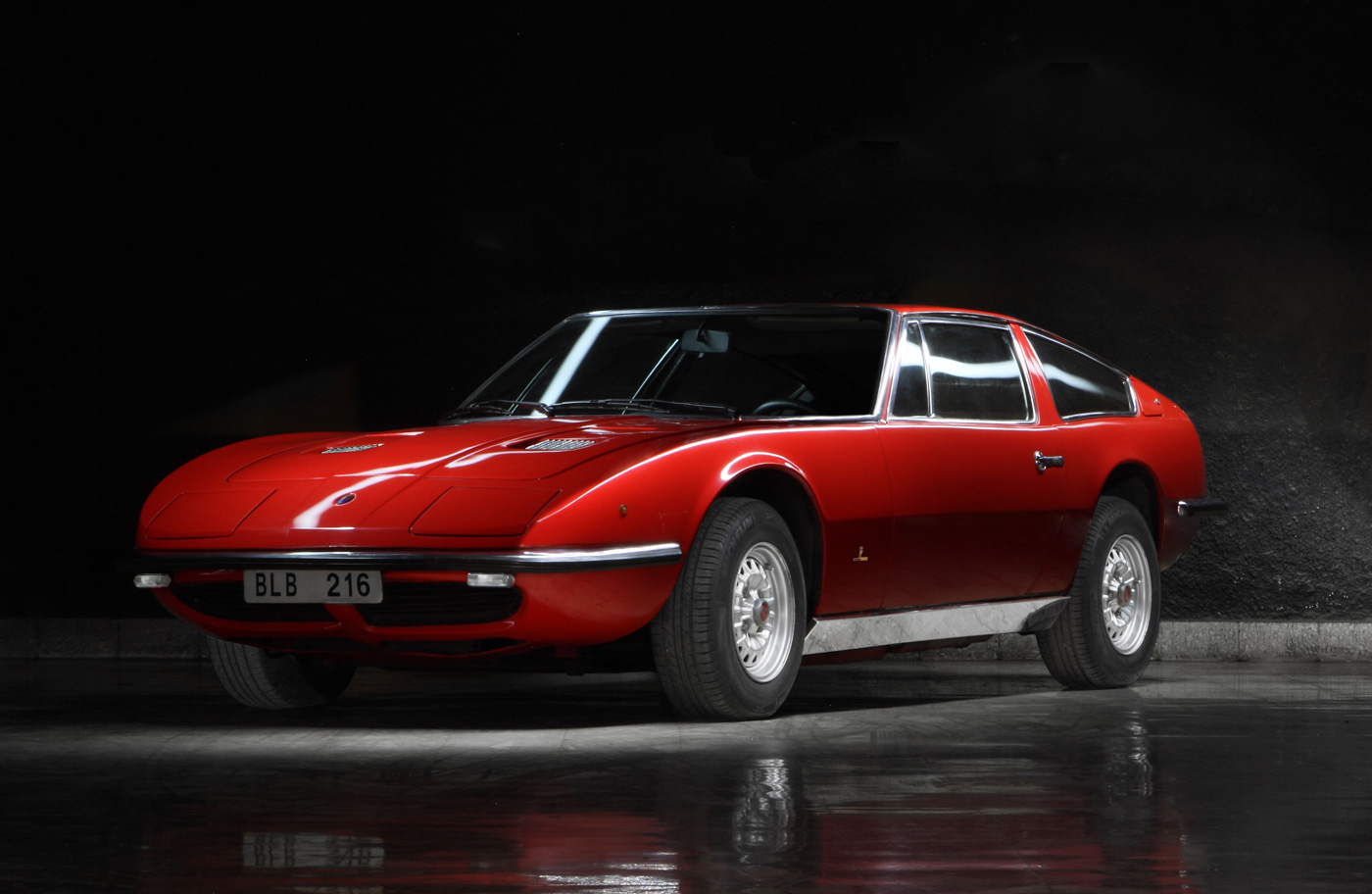
in the spring/summer of ’52 ‘True’ magazine had an article about an American in india who was invited to look at maharajahs’ garages where nice old men charged batteries and cranked the engines and dusted the machinery. I think he specifically mentioned duesenbergs and rolls/bentleys. also some wild parties…